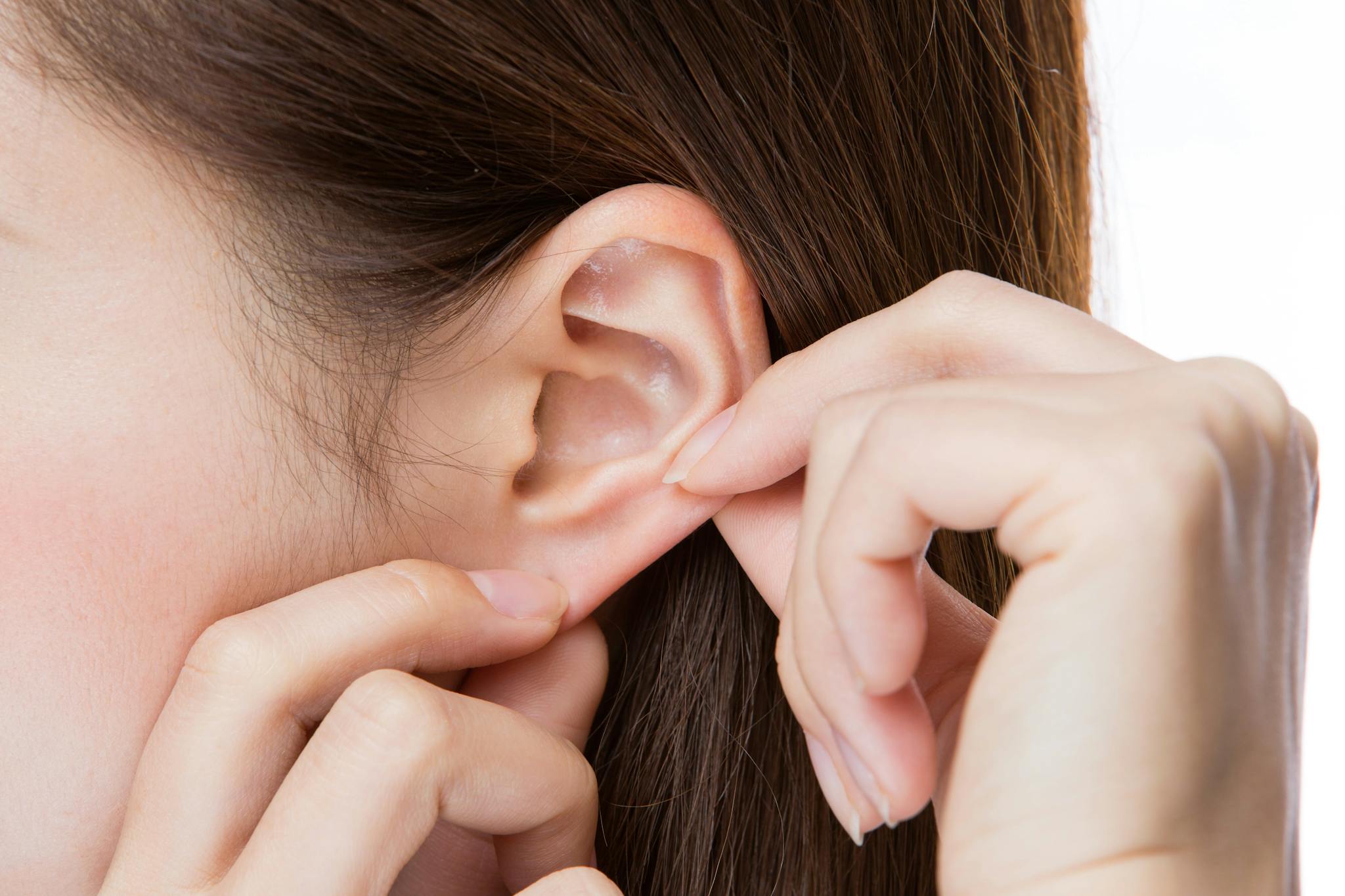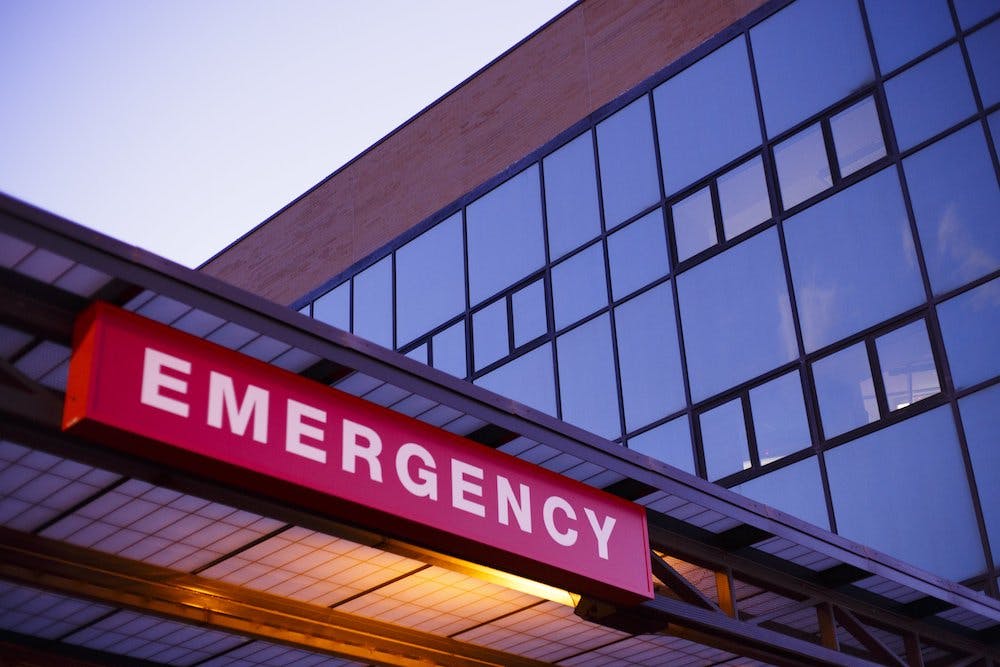
2023-04-06T14:20:05
What you need to know about Oral, Head, and Neck Cancer
- Ear, Nose, Throat
- Medical Oncology
July 7, 2017 | Ear, Nose, Throat
Specialties:ENT (Ear, Nose and Throat)

The eustachian tubes are small tubes running between the middle ears and the upper throat, and they’re in charge of equalizing air pressure and draining fluid from the middle ear (behind the eardrum).
The eustachian tubes can become clogged and lead to pain, hearing difficulties and feelings of fullness in the ears—a condition called eustachian tube dysfunction, or ETD. ETD often clears up in a few days, but may last up to a couple weeks. Let’s look at the normal function of eustachian tubes, how this changes with ETD, and what you need to know about recognizing and treating ETD.
Normally, the eustachian tubes connect the middle ears to the back of the throat. They help the ears drain fluid and keep air pressure at the right levels in the ear. The tubes are closed most of the time—they open to help you chew, swallow or yawn.
When fluid or negative pressure gets stuck in the ear, pressure outside the ear can become too high. This leads to pain and sometimes issues with hearing.
Symptoms of ETD can include:
The length of symptoms depends on the initial cause. Complications of ETD in severe cases can include:
Causes of ETD include:
Anyone can experience ETD, but some factors can increase your risk:
Diagnosis for ETD involves a physical exam where your doctor will ask about pain, hearing changes and any other symptoms. They’ll check your ear canal and passages into the nose and throat.
In most cases, ETD resolves itself without treatment. In cases where symptoms persist more than two weeks, speak to your doctor about treatment options. These might include some of the following options:
If you have ETD symptoms that persist more than a week or two, your doctor can recommend treatment options.
“Blocked Eustachian Tubes – Topic Overview.” WebMD. http://www.webmd.com/a-to-z-guides/tc/blocked-eustachian-tubes-topic-overview#2
“What You Should Know About Eustachian Tube Dysfunction.” Healthline.com. http://www.healthline.com/health/eustachian-tube-dysfunction#overview1
WRITTEN BY:
The Live Better Team

2023-04-06T14:20:05

2019-04-02T10:47:01

2018-03-14T14:58:17

2018-01-10T09:30:55
This information is not intended to replace the advice of a medical professional. You should always consult your doctor before making decisions about your health.